Hay milk promotes biodiversity
More than two-thirds of the agricultural land in the hay milk regions is grassland. Here are unique cultivated landscapes that are home to a variety of different grass and herb species. The sustainable circular farming practices of our hay milk farmers play an important role in preserving this plant diversity.
For more information on why hay milk is so good for nature, click here: Sustainable action
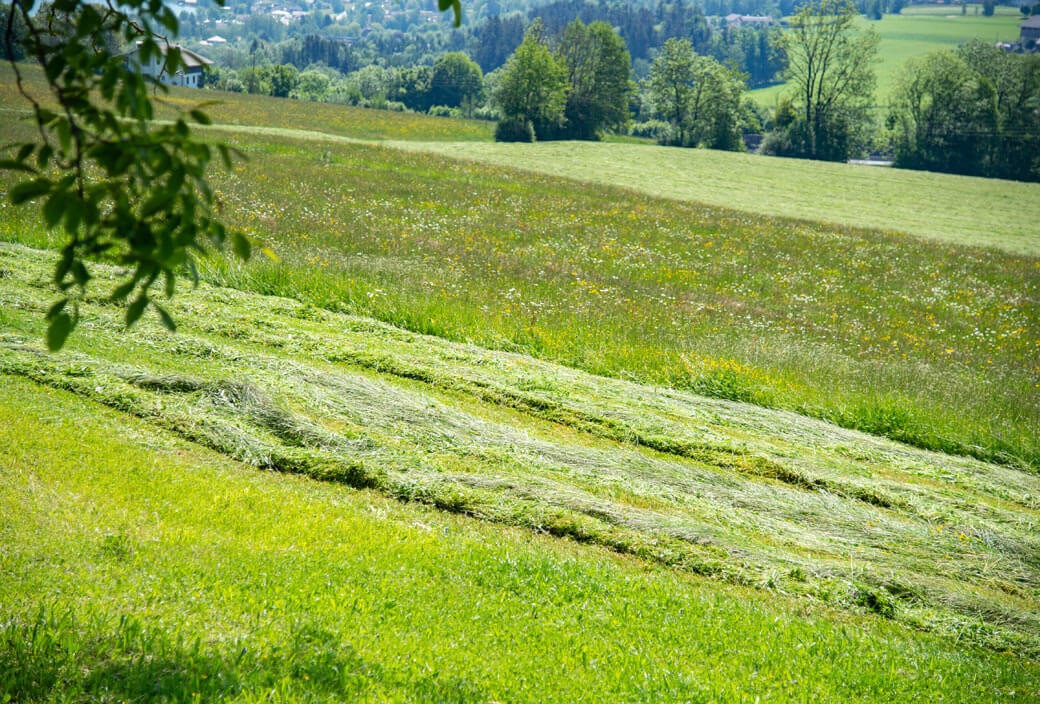
Mosaic farming to protect natural habitats
The mowing schedules are staggered and distributed. This small-scale, mosaic-like cultivation method means that grasslands are never cut all at once, preserving important food sources and refuges for butterflies, bees or small game.
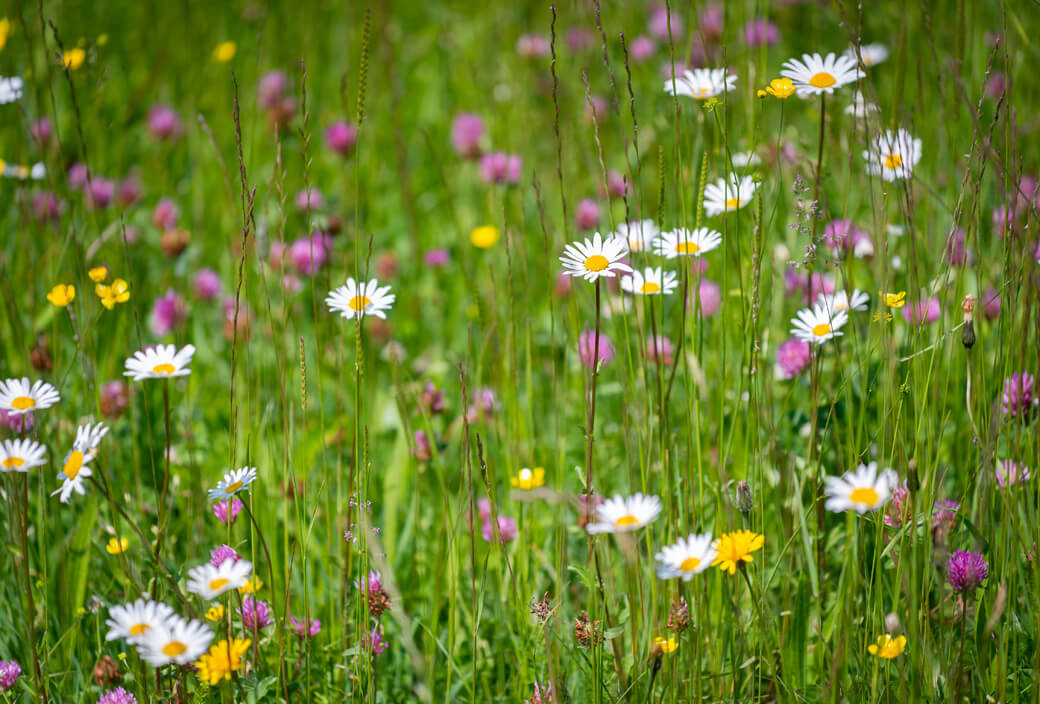
Hay milk tastes lovely because of its rich biodiversity!
The natural methods of traditional hay farming promote biodiversity in fields, meadows and pastures. This means that hay milk cows enjoy plenty of fresh grasses and herbs in summer and tasty hay in winter. Fermented feedstuffs such as silage are strictly prohibited. This also creates a valuable habitat for butterflies and bees.
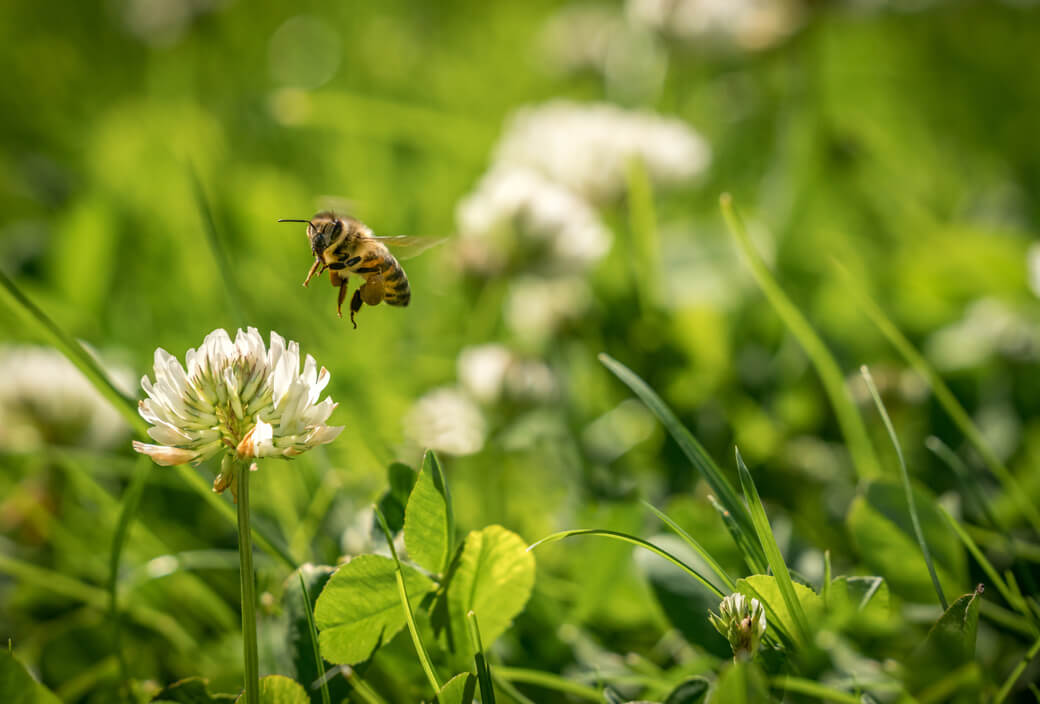
Preservation of habitat
The mowing times are staggered in terms of time and space. Thus, never all green areas are mowed at once and important food sources and refuges for bees, butterflies or small game are preserved.
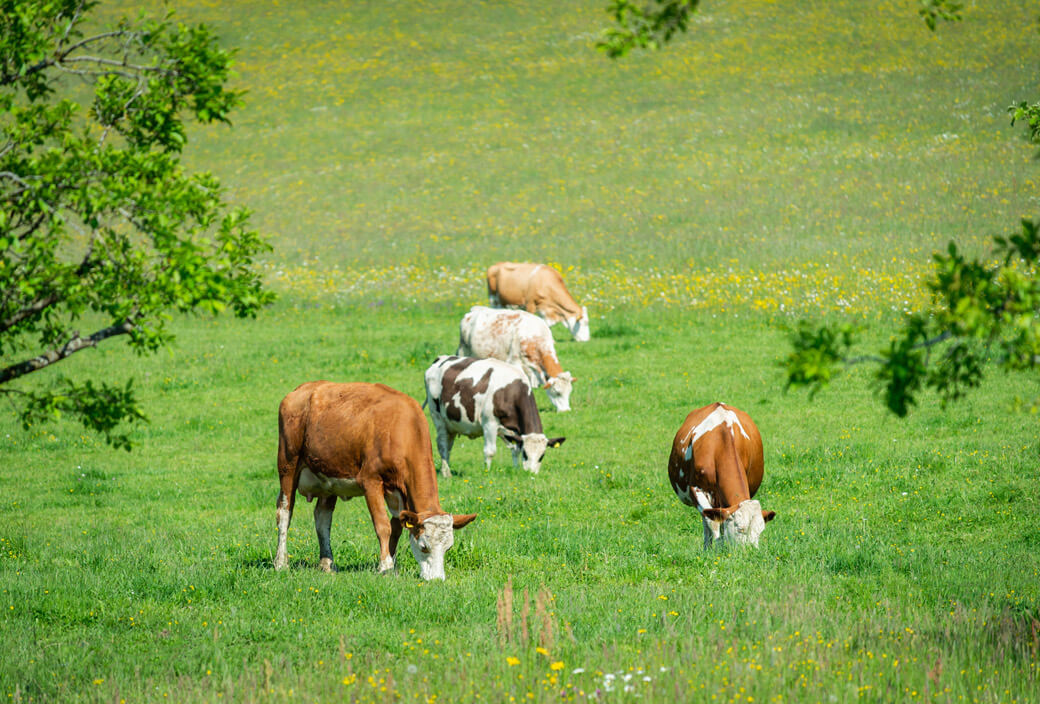
Natural growth
Due to the high plant diversity, hay milk meadows require significantly less fertilizer and pesticides than intensively used areas. The cows’ grazing provides natural growth impulses; permanent reseeding is not necessary.
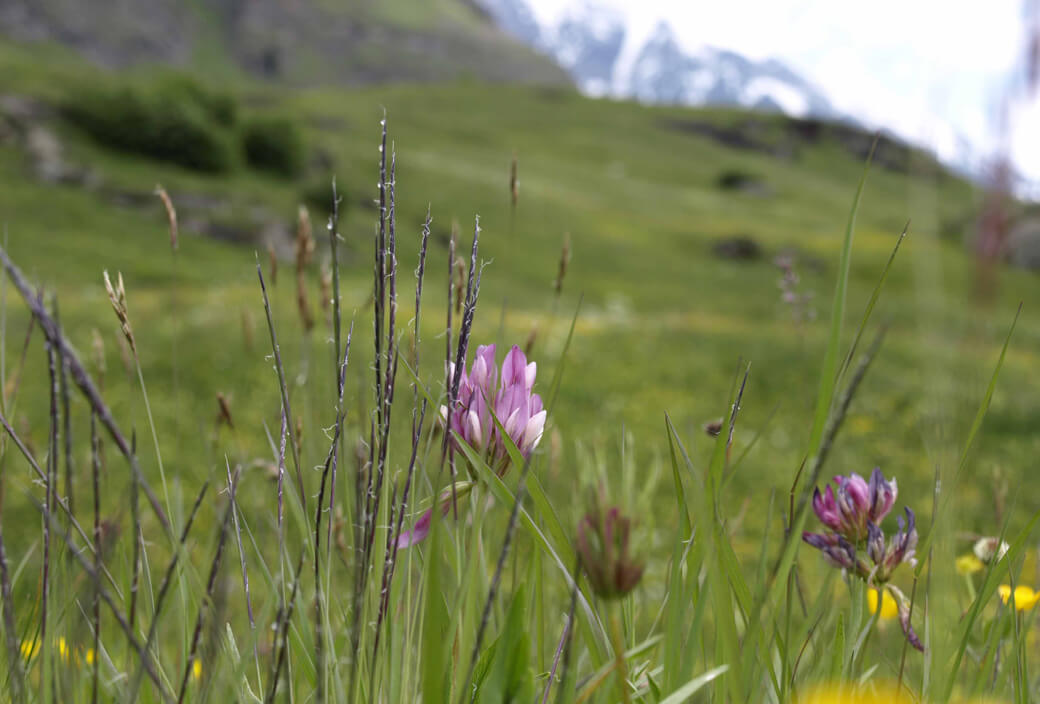
Land of milk and honey for rough grassland
Less productive areas such as rough pastures, dry grasslands or wet meadows, which are often found in mountainous areas, are also managed by hay milk farmers. A large number of different grasses and herb species thrive on these areas.
These grasslands are a veritable land of plenty for hay milk cows and are maintained by hay farming.
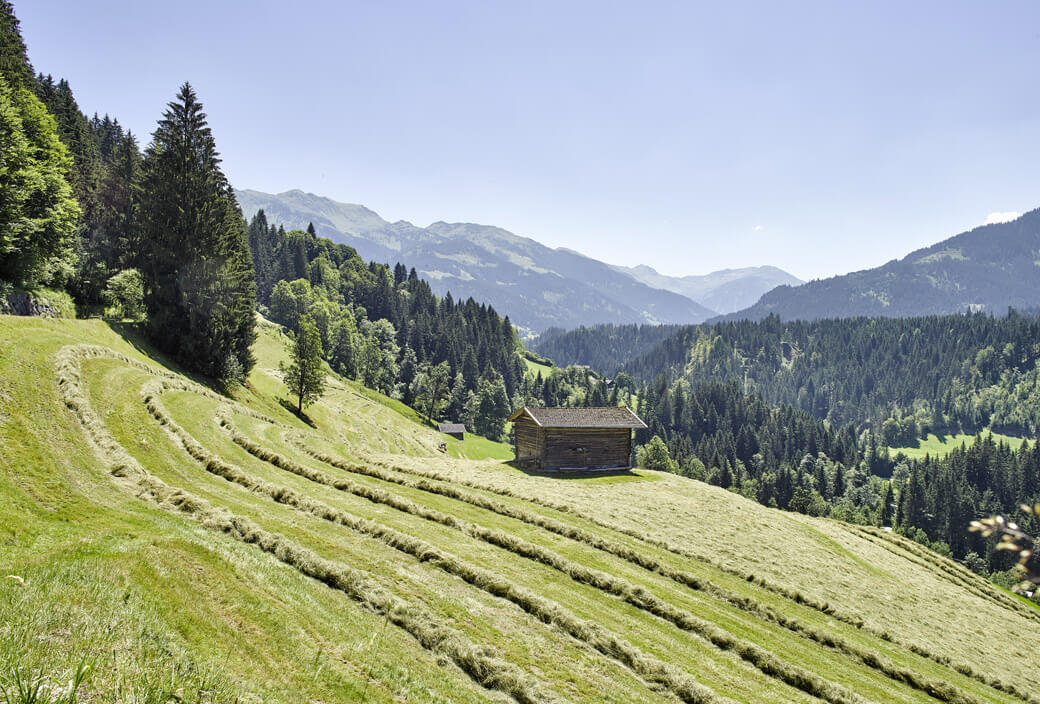
Naturally GMO-free
Hay milk farmers farm in a controlled GMO-free manner. Even the grain is controlled and must come from Europe! Independent, certified control bodies ensure this safety.